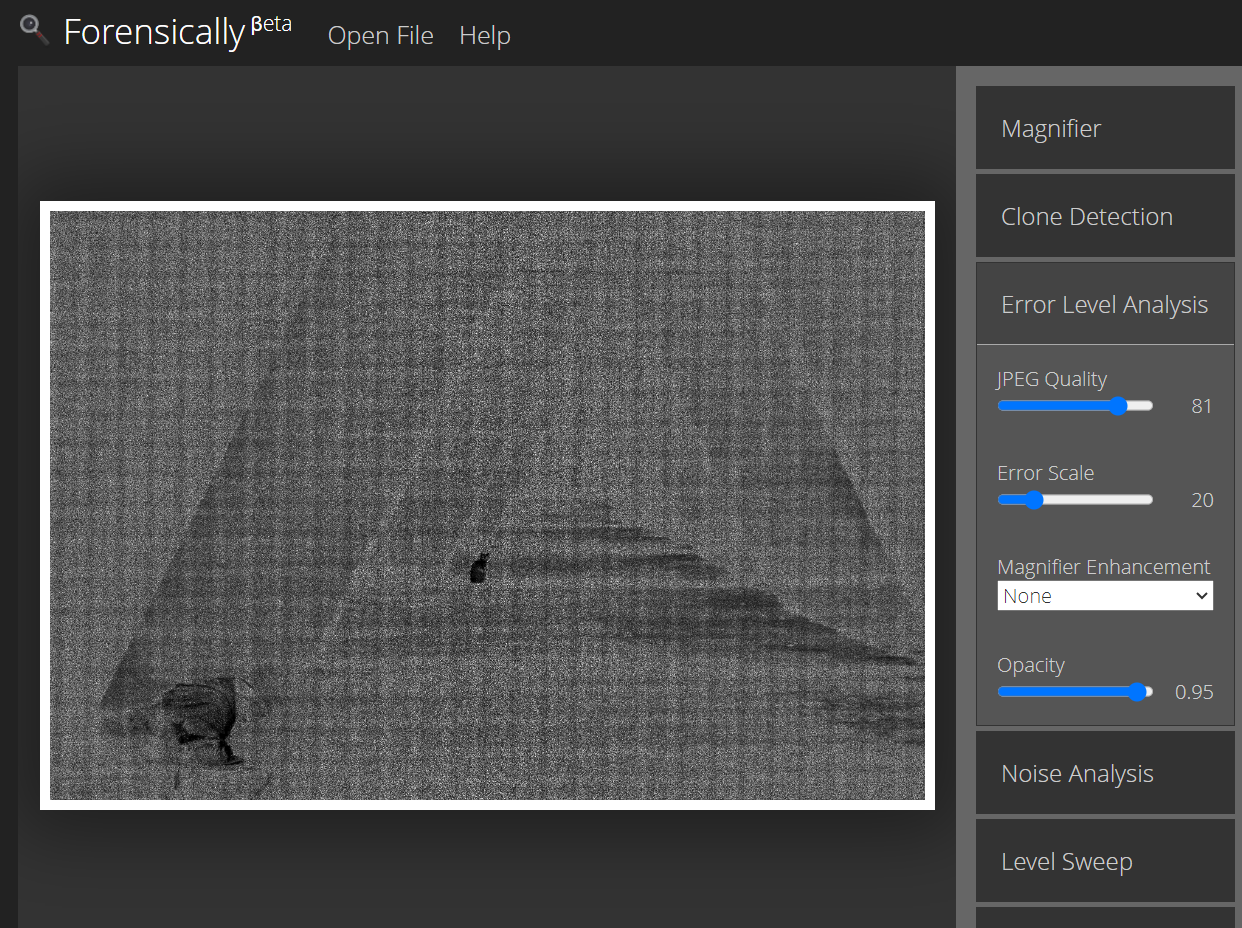Tampered photography
One of the most widespread problems in current photography is the manipulation of reality. With the advent of AI, manipulation becomes easier to manage and within everyone's reach. The most frequently manipulated category lately seems to be street photography, because it is a more complicated category, many try to imitate their subsequent success with all kinds of artifices by adding some elements to the frame, manipulating reality and gradually tricking the admirers.
From my own experience as a former conceptual photographer where creating collages was the most widespread skill, my target represented the most spectacular and intact composition. That clean frame, but perfectly balanced with an interesting subject to collect as many likes as possible. The more likes, the more naked the emperor was :)
Social media keeps us as attached to the phone as possible due to the speed with which we have access, we look less and less at the photos of our colleagues on a computer, and it is harder and harder to notice certain strange details. Everything for a faster, easier to assimilate consumerism.Fortunately, some of us prefer to digest the photo for a longer time, to come back to it and feel the same pleasure again.
I created this article for those who want to be as aware as possible of what they enjoy watching. Social media is becoming more and more full of fakes and some people are becoming more and more lost.
In order to counter this wave of lies, I can recommend some online tools to check the suspicious photos of your colleagues. Further, it is up to you whether or not you want to follow such users who are used to cheating.
The best useful tools I have found online are FotoForensics and InWid WeVerify. The first one is an online site that can also be installed as an application on your computer and the last one is an extension for the internet explorer you use.
The identification of the fake nowadays is related to cyber security, where there are specialists who strictly deal with this kind of thing. And those who work in the visual field, if they care about the sincerity of the product they manage, will have to turn to these specialists more and more often. Obviously, such cases should be studied a little before throwing the money through a short check with the tools mentioned below. I can recommend you a short video to understand more easily how you can use these tools.
In the images below, I give you an example of how we can find objects with FotoForensics app version, placed in the frame from other photos, even if it seems slightly obvious, but it cannot be proven due to the technical quality with which it was manipulated.

We can use the error level analysis tool, and by adjusting the jpeg quality we will notice how the black cat stands out as an element that is not part of the original frame, being a superimposed element.

Chatgpt can also be a speculation tool if some photos seem manipulated, it has an image analysis category where you can upload and ask directly if the image or certain elements in the image are manipulated.


Not only objects and characters can be manipulated in the frame as well as light, as can be seen in the images below.

The tool below shows the light overlay layer that has been edited to look like the first image.

I mention that in trying to detect a fake image, not all tools are suitable, that's why you have to try them all. Some results are quite obvious, others less obvious. The purpose of the article is to help you better understand how complex and dangerous manipulation can become, but also to help you be more aware or, if you have suspicions, to confirm them or not. For an analysis with clear evidence in cases of professional manipulation, a specialist must be hired.